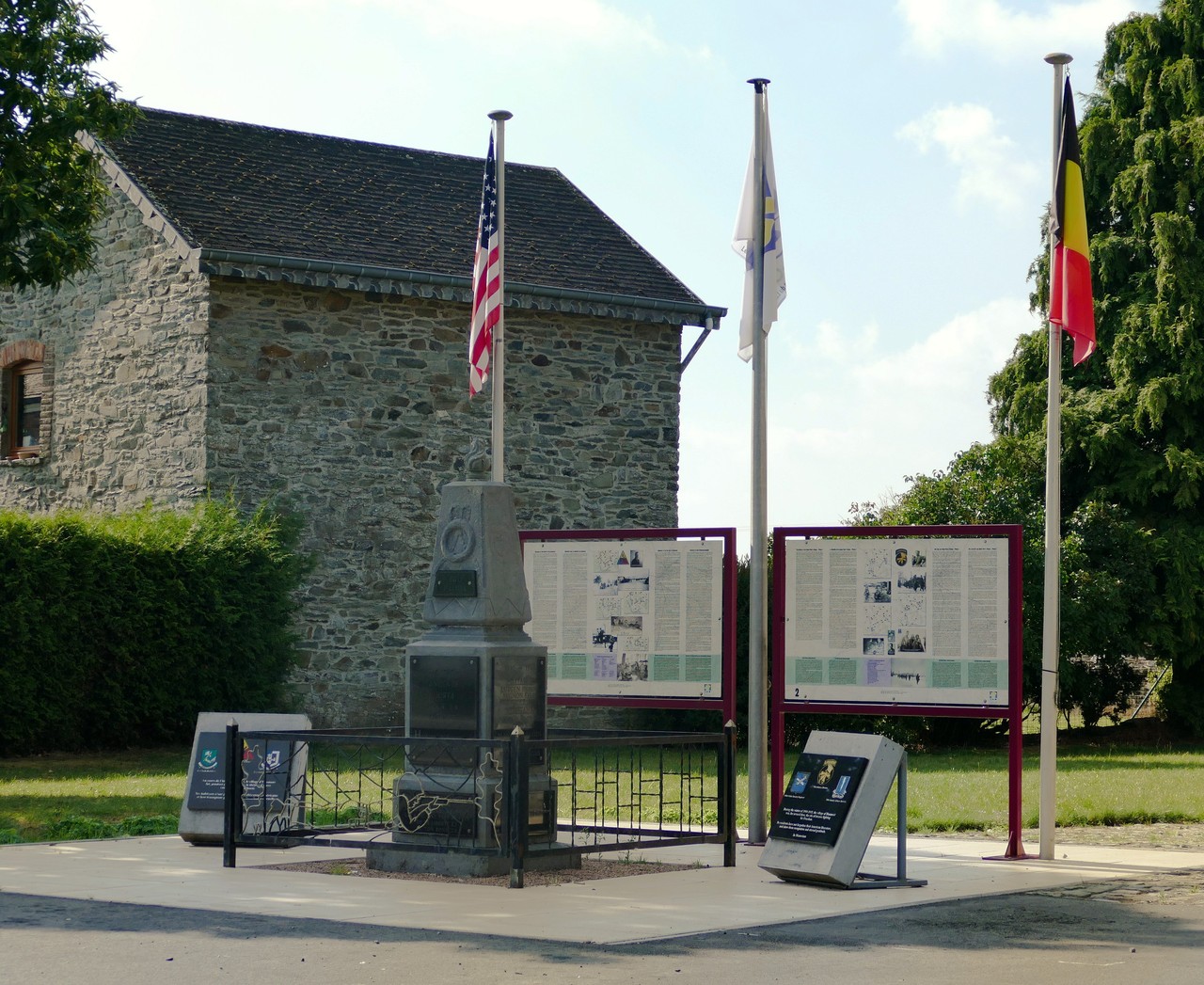On 30 December 1944, the U.S. 11th Armored Division began its push northwards through the area around the Haies de Magery woods. Over the next few days, they faced a fierce battle against elements of the Führer-Begleit-Brigade, as well as the 3rd and 15th Panzergrenadier Divisions.
The battle moved back and forth. But inch-by-inch the men of the ‘Thunderbolts’ (as 11th Armored Division became known), pushed the German forces backwards and repelled several fierce counterattacks at a high cost. The hamlet of Houmont was liberated but fighting continued to rage around it.
On 3 January 1945, the U.S. 17th Airborne Division relieved the ‘Thunderbolts’ and were immediately thrown into the attack pushing towards Flamierge the next day. They suffered heavy casualties, including on what became nicknamed ‘Dead Man’s Ridge.’
The 17th Airborne Division were given until 7 January before renewing the assault but were heavily counterattacked by German troops. On 12 January, the Airborne Division once more renewed its attacks on Flamierge and the German troops were eventually forced to withdraw.
Today, the church in Houmont features a stained-glass window commemorating the heroic actions of the 17th Airborne Division. In 2012, two commemorative stones were unveiled beside the village war memorial in honour of the visit by 17th Airborne Division veteran John J. Schumacher.
These stones were dedicated to the actions of the 11th Armored Division and 17th Airborne Division, which contributed to the liberation of the village and surrounding area during the winter of 1944 to 1945.
